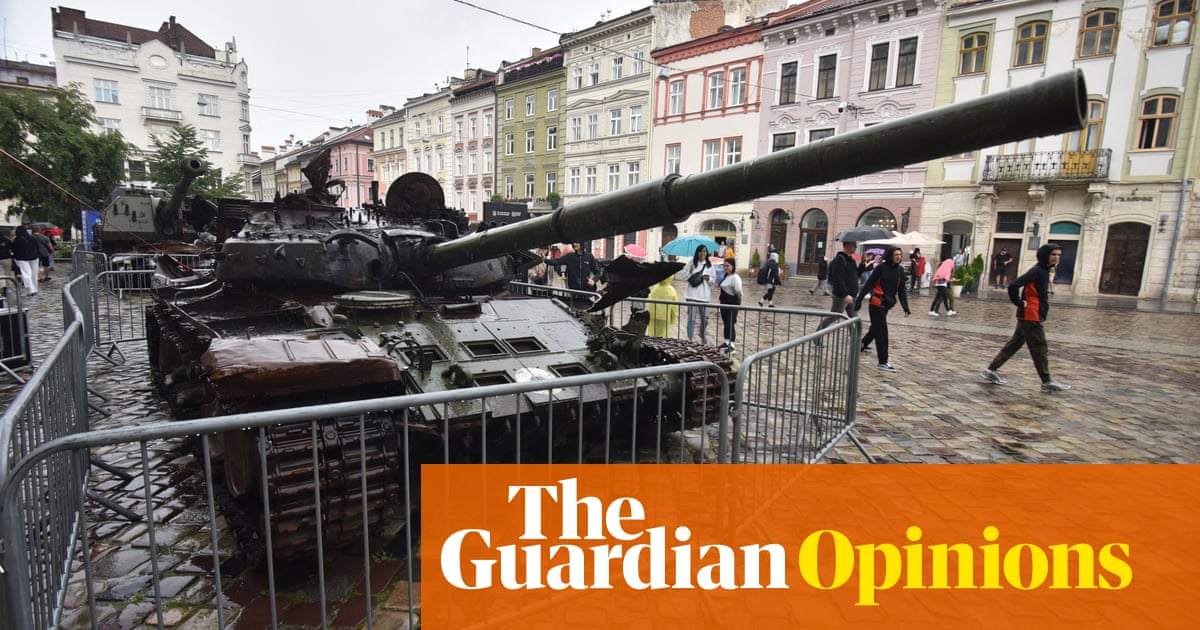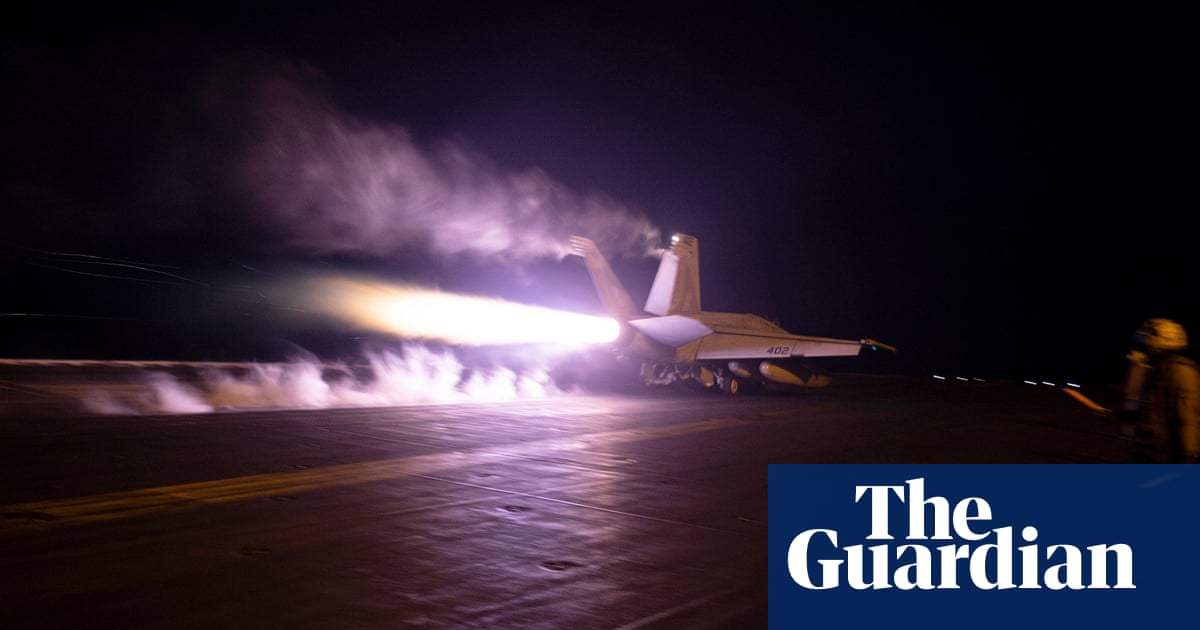
The US has just launched one of its largest military exercises, called Defender-Europe 21. Taking place across much of Europe, this military exercise serves two important purposes.
Firstly, it demonstrates America’s commitment to European security through the North Atlantic Treaty Organization (NATO). After all, there is no greater way of visibly demonstrating commitment to NATO than by a large-scale presence of US forces in Europe.
Secondly, such a large-scale exercise allows the US to practice and rehearse the logistics of moving thousands of soldiers and all their equipment almost halfway around the world. This is no easy feat. Doing so during a global pandemic makes it even more challenging.
Defender-Europe 21 is a massive military exercise. The main part of it began last week and will continue through June. However, the preparatory work started in March. Twenty-six countries are participating in the exercise; most are NATO members but some, such as Georgia, Bosnia and Herzegovina, Ukraine and Kosovo, aspire to join the alliance someday. In total, 28,000 troops will take part.
Defender-Europe 21 is also big in geographical terms. Sixteen countries across Europe will host training exercises and related activities on their territories. The US is also sending more than 2,000 members of the National Guard from five states. There is even an African component to the exercise.
Since Russia invaded Ukraine in 2014, the US and NATO have done a lot to bolster defenses in central and eastern Europe. There has been an increased military presence in the Baltic states. There has been a renewed focus on the Black Sea region. Crucially, since 2014, the members of NATO have started to spend more on their armed forces than they were.
However, the one big piece of the puzzle that had been missing was the US conducting a large-scale training exercise that involves deploying thousands of soldiers from North America to Europe.
During the Cold War, such training exercises were held regularly. When NATO was squaring off against the Warsaw Pact and the Soviet Union, it conducted an annual military exercise called Operation Reforger (return of forces to Germany). This exercise was designed to prove that America could move conventional military forces rapidly from the US to Germany in the event of war with the Soviet Union. Since 2014, experts have been calling on the US to conduct a similar military exercise, as it had been so long since the last one.
Defender-Europe 21 is the first large-scale training exercise to be held in Europe since the outbreak of the COVID-19 global pandemic. Last year, Defender-Europe 20 — at the time billed as the largest US training exercise in Europe in a quarter of a century — had to be curtailed because of the coronavirus outbreak. The fact it was not completed makes this year’s exercise even more important.
The thousands of multinational soldiers that are participating in the exercise will have to follow strict COVID-19 prevention and mitigation procedures that include a testing process and, in some cases, quarantine. This offers a unique opportunity to train for the mass mobilization of forces during a global pandemic.
The thousands of US troops being flown to Europe from North America are rehearsing how to come to the defense of a country that might be a victim of outside aggression that triggers NATO’s collective security guarantee.
Luke Coffey
Defender-Europe 21 is also the first large-scale US military exercise in Europe since the Russian military buildup along the border with Ukraine last month. In recent weeks, tens of thousands of Russian troops have mobilized along the border with Ukraine and in occupied Crimea. There are important differences between Defender-Europe 21 and what Russia did recently.
Firstly, the US has been very transparent and even notified the Organization for Security Cooperation in Europe last November about the details of the exercise. Russia did not show the same level of transparency with its recent military buildup.
Also, the US has stressed the defensive nature of Defender-Europe 21. The thousands of US troops being flown to Europe from North America are not training to attack or invade a country. They are rehearsing how to come to the defense of a country that might be a victim of outside aggression that triggers NATO’s collective security guarantee.
Finally, the US is operating in European countries at the request, and with the permission, of those countries. In the case of Russia’s recently military buildup, a large part of it took place inside occupied regions of Ukraine.
It is also interesting to look at who is not participating in the exercise. In the past, Azerbaijan and Armenia have participated in American military exercises in Europe. Coming on the heels of the Second Karabakh War between the two countries, Defender-Europe 21 could have been a good opportunity for the US to lead some confidence building efforts between the two nations. In the case of Armenia, it is likely that behind the scenes Russia vetoed its participation in the exercise. It is not clear why Azerbaijan is not participating.
Another missed opportunity has to do with Africa. Even though the main focus of Defender-Europe 21 is Europe, the exercise also has an African component. US Africa Command, which is co-located in Europe alongside the US European Command, is conducting a military-training exercise called African-Lion 21, which is linked to Defender-Europe 21. Morocco, Tunisia, Senegal and Ghana are the locations where American military exercises will take place.
However, with southern Europe and North Africa sharing many of the same security concerns, it would have been a great opportunity to see African troops train alongside European counterparts in southern Europe.
Not only are the thousands of US troops who are heading to Europe a reminder of the importance of deterrence, they will also set the tone for some big geopolitical events in the near future.
In the coming weeks, US President Joe Biden and Russian President Vladimir Putin are expected to meet in person. NATO has a summit planned for next month. Meanwhile the fighting in eastern Ukraine will continue for the foreseeable future. Therefore, Defender-Europe 21 will serve as an important event for the US, NATO and the rest of Europe.
• Luke Coffey is the director of the Douglas and Sarah Allison Center for Foreign Policy at the Heritage Foundation. Twitter: @LukeDCoffey
Disclaimer: Views expressed by writers in this section are their own and do not necessarily reflect Arab News" point-of-view












